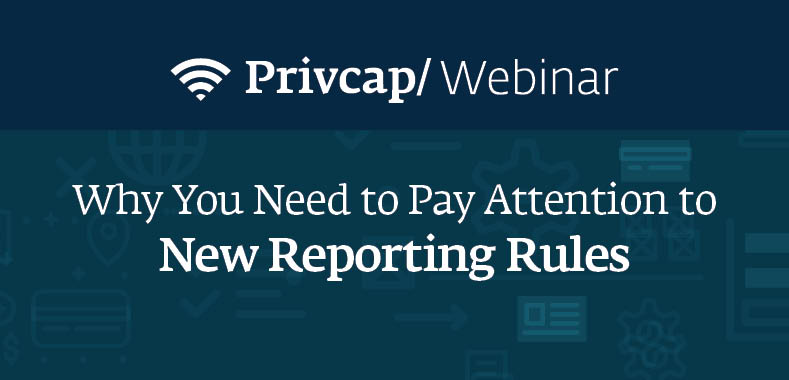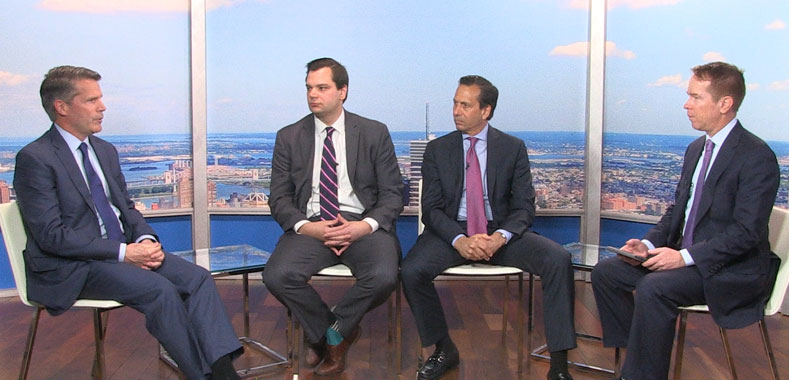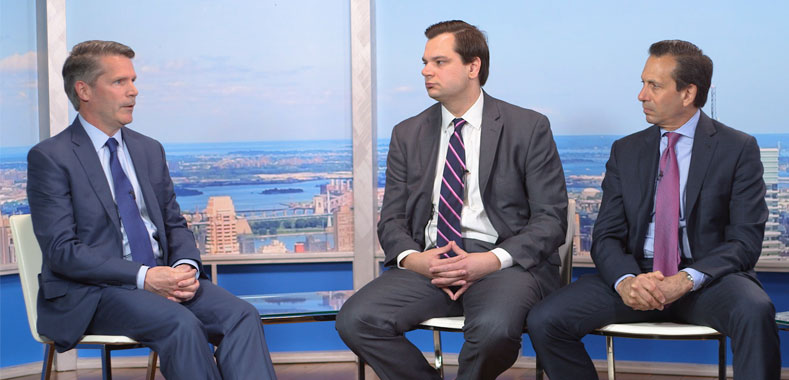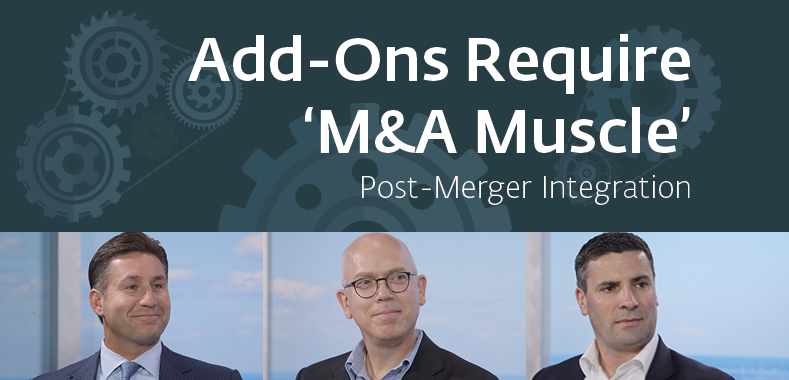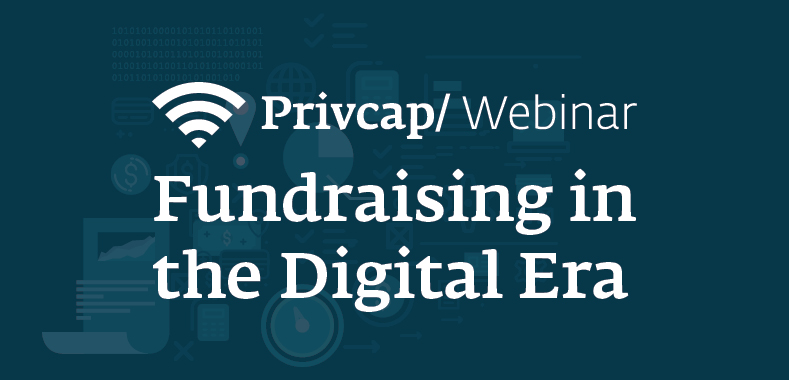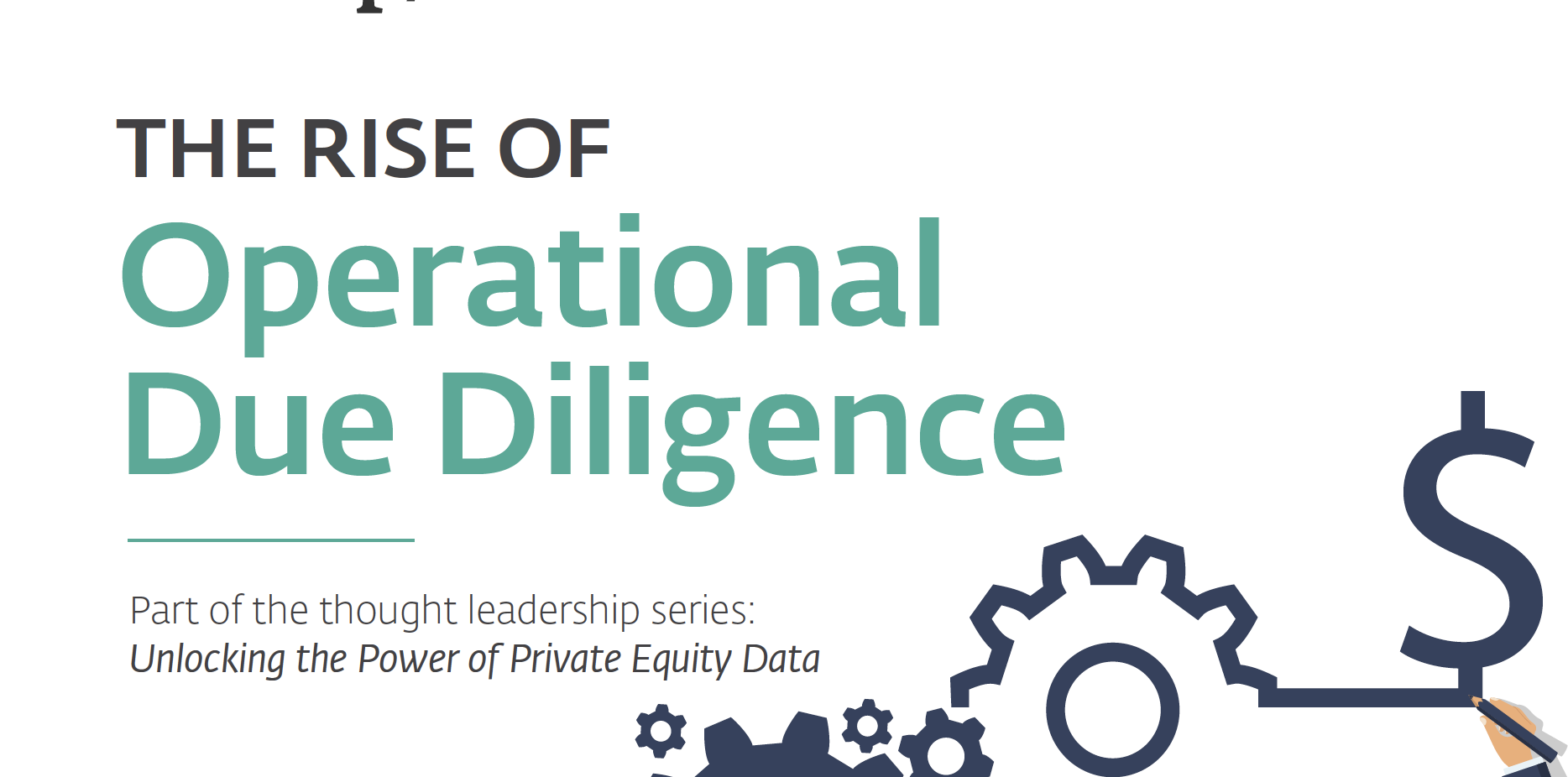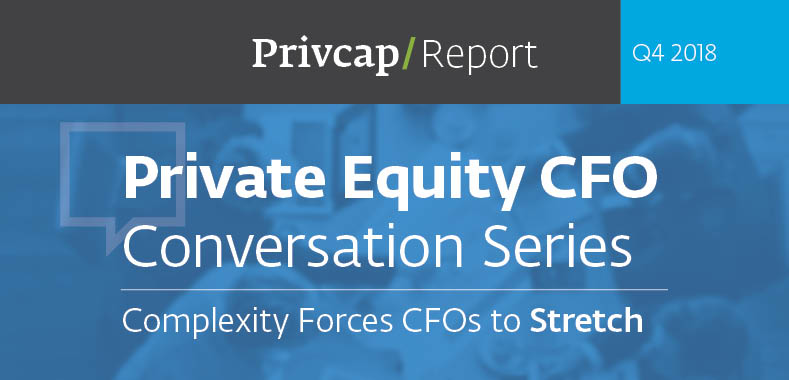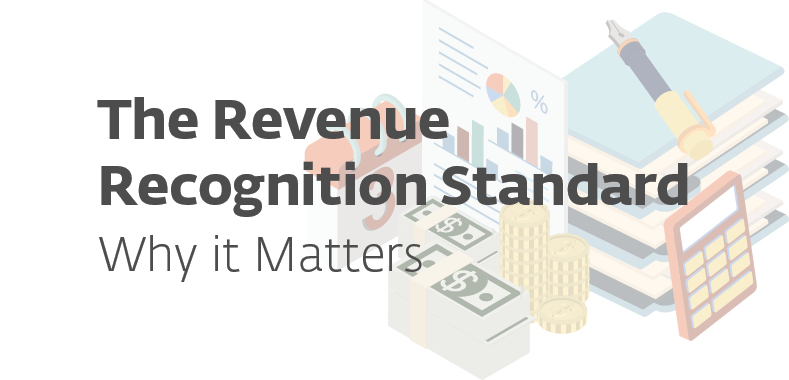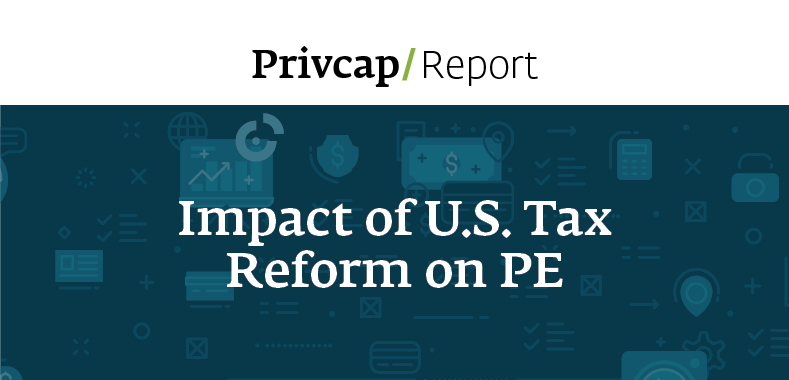The March Toward Standardization
Download the article here
A conversation about the challenges and opportunities of private equity data
The private capital asset classes are awash in data, but much of it is siloed and difficult to access and compare. This pre-digital status is slowly changing, however, as industry advocacy groups such as the Institutional Limited Partners Association push for standardization in reporting.
Privcap recently spoke with ILPA’s Jennifer Choi and Peter Rosenstein, Principal at Gen II Fund Services to learn about the challenges of data sharing in private equity and the momentum behind standardization.
Privcap: Jennifer, you represent hundreds of LPs. What is it currently like for them to access data they need to optimally manage their private equity portfolios?

ILPA
Jennifer Choi, ILPA: In a few words, it is frustrating, but improving. Frustrating for a few reasons: There is no one-stop-shop solution for managing all of this data. It’s often being warehoused and managed in different parts of the LP organization. Different data is sent to different systems; different individuals may touch different types of data. For example, financial data attached to the capital account might be held in a system separate from the information on fees and expenses. And then, of course, there’s the portfolio company data. What sorts of tools do LPs have at their disposal to run analytics and to evaluate risk and opportunities at the portfolio level? We’re still not in a place where the data is in a consistent format and it’s all sitting in one place.
Peter Rosenstein, Gen II: Various LPs are looking for different types of information An institutional investor may track different information than a high-net-worth individual. So trying to get all the LPs on the same page has been difficult. And then you have the other side of it, where GPs prefer to define the format of the data. They often look at it as a form of marketing to their LPs. They want it to look a certain way, sometimes all the way down to the font.

Gen II Fund Services
What would be an example of a type of information that not all LPs have an interest in seeing?
Choi: A classic example is ESG [environmental, social, governance] data. There has been progress in standardizing this type of information being provided, and yet different LPs have different appetites for detail around ESG data. Another example would be details on fund expenses. Some LPs care
a lot more about getting to more detail on all the different types of fees charged to the fund and to the portfolio company, such as transaction fees, travel and entertainment expenses and so on.
Rosenstein: Along those lines, larger, more established limited partners may have the tools and technology to be able to consume the data, whereas if we’re providing the details of every type of expense to a smaller investor, they may first need to aggregate those amounts before they can do anything with it.
ILPA is leading the charge toward standardization of reporting in private equity. What has been its approach?
Choi: We approach standardization of data flowing between the GP and the LP broadly around three buckets – the capital account, fee and expense information and portfolio company data. Portfolio company data is clearly an area where there’s the greatest proliferation of formats, not just look and feel, but also the fields and the data syntax. We’re planning to release portfolio data standards this coming fall. With regard to fees and expenses, we’ve had a lot of progress since early 2016, when the ILPA reporting template on fees, expenses and carried interest was released. By our account, we estimate that at least 300 managers are providing that particular template to the LPs that request it.
Rosenstein: As a fund administrator, standardization is great. We have always captured the data in a very granular manner, knowing that it is easier to aggregate data up than split it apart after the fact. And if we can have a capital statement that looks exactly the same across all of our clients, that allows for a more controlled and scalable environment. Historically, we have always customized the look and feel of our reports for each client depending on their preferences, but more recently we have been working with a lot of our GP clients to move towards the ILPA standards. Over the last 12 months, we’ve seen a number of GPs who are at least using the template for a portion of their investors, and some who are using it for all of their investors.
What do you say to a GP who asks why his or her firm should adopt the ILPA standard?
Rosenstein: The biggest benefit is a reduction in ad hoc investor questions and requests. If the LPs are receiving the detailed data up front to do their own performance calculations, they don’t have to go back to the GP. If they can limit those inbound phone calls to the IR team, that’s definitely a benefit to them. And if the GP is one of our clients, they don’t need to worry about changing their system, as we are already housing all of their information with the required details.
Choi: Adopting, for example, the ILPA fee report template may be a bit challenging at the beginning if you don’t have a group like Gen II who can do it for you. But once you’ve done the work of mapping everything that you currently produce to the ILPA template, its not that hard to keep it up on a go-forward basis. In addition, once you have gone through that exercise for a handful of LPs, it is not a massive leap to do it for all of your investors. There is also the matter of brand and reputation in the marketplace. Adopting a standard is a signal of your openness and willingness to be fully transparent with your LPs. We hope that this will become table stakes and a marker of the quality of the institution.
Rosenstein: In addition, most of this information—the details of the offsets, fees, carry, etc.—is information that the GPs already have. The only difference is inputting the details directly into your general ledger right up front, as opposed to trying to figure it out later.
What are some of the most common errors in data sharing in private equity?
Rosenstein: The biggest risks are manual processes and manual report production. If you don’t have the proper reporting platforms and automation in place, if you are sending data via email rather than posting to a secure portal, if there’s anyone out there who’s still faxing or mailing documents, then obviously that’s really where the risks lie.
Choi: A lot of data is still being shared via PDFs and data rooms. You’ve got data being keyed into a file on one end, and then on the other side, an LP downloading that file and having to re-key that information into something that fits into whatever the LP’s native systems are there. So you do have that risk of human error.
Rosenstein: The goal is to create a single point of entry. You put a data point into your system one time, and it’s the same data point that’s used for your capital
call notices, financial statements, and ILPA fee templates. It’s the same information that flows through to your waterfall and any performance calculations. You’re not inputting data multiple times to feed various systems. And just as important, you are not manually typing data into notices and reports. When you have an environment that is based on automated processes and system-generated reporting, the risk is reduced significantly.
How does the private equity industry compare with other industries by way of cybersecurity sophistication?
Rosenstein: From my perspective, private equity has really been ahead of the game compared to other industries. If you look at the retail world and POS systems, they get hacked all the time. We see it in the news over and over again. In the private equity world, investor portals have been in place for years to ensure the secure transfer of sensitive data. In addition, the general environment of the private equity firms has always been to keep their investment information as private as possible.
Choi: I would agree with that. I think that encryption is in the DNA of how private equity firms operate.
Final question—to use a baseball analogy, what inning is private equity in as it moves toward universal adoption of reporting standards?
Rosenstein: We’re probably sitting in the middle—fourth or fifth inning. We’re starting to turn the corner and see more acceptance of these templates and of the standards. When the ILPA templates were first released, there was a lot of pushback from GPs. They were saying, “We don’t have this information. Why does the LP need so much information?” Now when an LP asks for it, our clients are immediately coming to us and saying, “Can you do it?” There’s no fight or argument.
Choi: There’s still a lot of work to be done, not just on the consistency of the reporting from the GPs, but the consistency of the ask from the LP. Technology also plays a huge role there. To the extent that some LPs are holding back, much of it is because of a lack of a system that can make good use of the data. Why ask for data at a level of detail that you cannot yet fully process? So we still have a ways to go, but we’ve made tremendous progress over the last few years.



